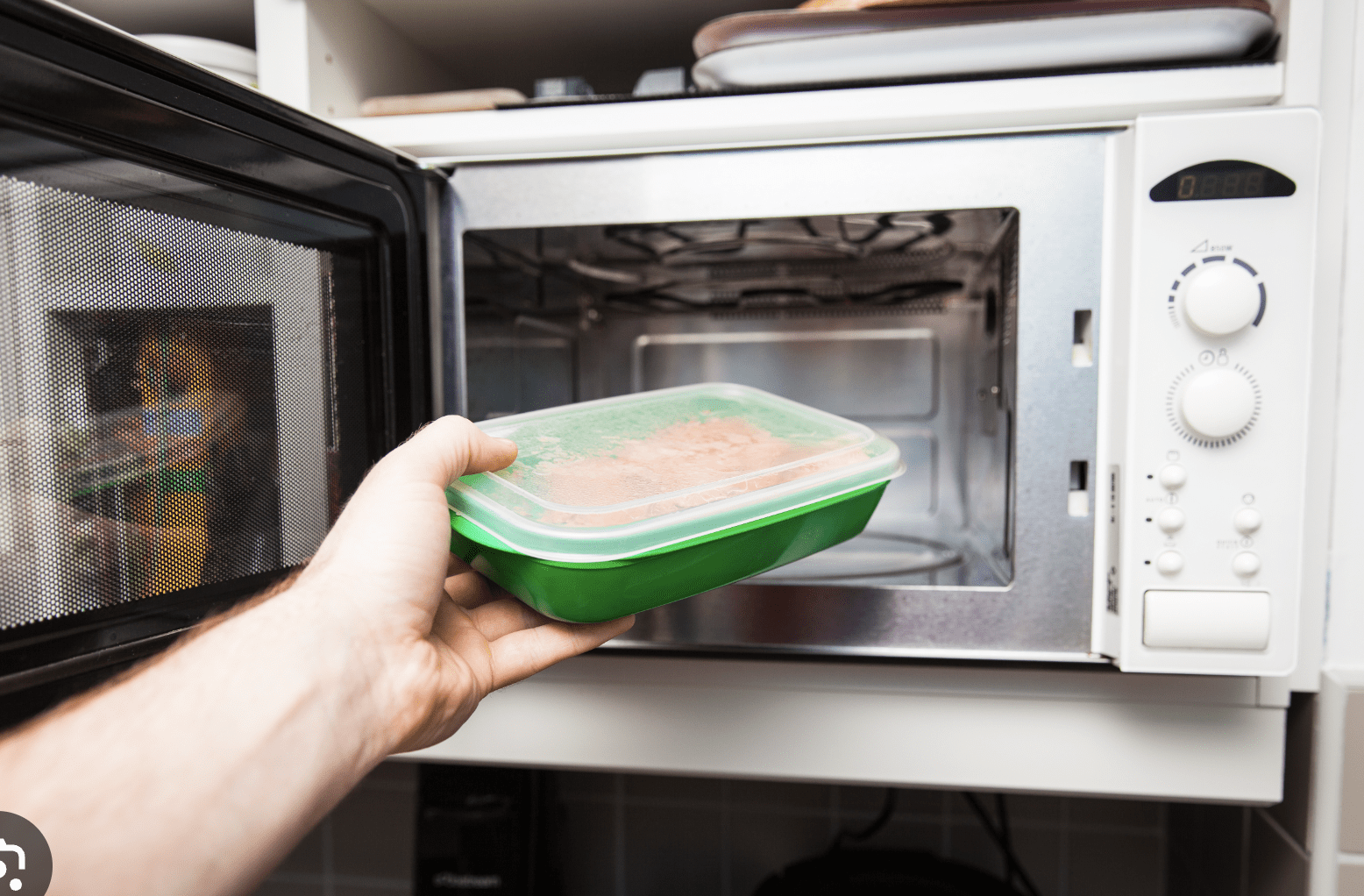WIRED – A study of baby-food containers shows that microwaving plastic releases millions upon millions of polymer bits.
In a study published in June in Environmental Science & Technology, scientists reported that, when microwaved, plastic containers released millions of bits of plastic, called microplastics, and even tinier nanoplastics.
Plastics are complex cocktails of long chains of carbon, called polymers, mixed in with chemical additives, small molecules that help mold the polymers into their final shape and imbue them with resistance to oxidation, UV exposure, and other wear and tear.
Microwaving delivers a double whammy: heat and hydrolysis, a chemical reaction through which bonds are broken by water molecules. All of these can cause a container to crack and shed tiny bits of itself as microplastics, nanoplastics, and leachates, toxic chemical components of the plastic.
First, these particles are sneaky. Once they enter the body they coat themselves with proteins, slipping past the immune system incognito, “like Trojan horses,” says Trinity College Dublin chemistry professor John Boland, who was not involved in this study.
Microplastics also collect a complex community of microbes, called the plastisphere, and transport them into the body.
Our kidneys remove waste, placing them on the front lines of exposure to contaminants.
They are OK at filtering out the relatively larger microplastics, so we probably excrete a lot of those. But nanoplastics are small enough to slip across cell membranes and “make their way to places they shouldn’t,” Boland says.
“Microplastics are like plastic roughage: They get in, and they get expelled,” he adds. “But it’s quite likely that nanoplastics can be very toxic.”
Once they’ve snuck past the body’s defense systems, “the chemicals used in plastics hack hormones,” says Leonardo Trasande, a professor at the NYU Grossman School of Medicine and the director of the Center for the Investigation of Environmental Hazards.
Hormones are signaling molecules underlying basically everything the body does, so these chemicals, called endocrine disruptors, have the potential to mess with everything from metabolism to sexual development and fertility … READ MORE.



